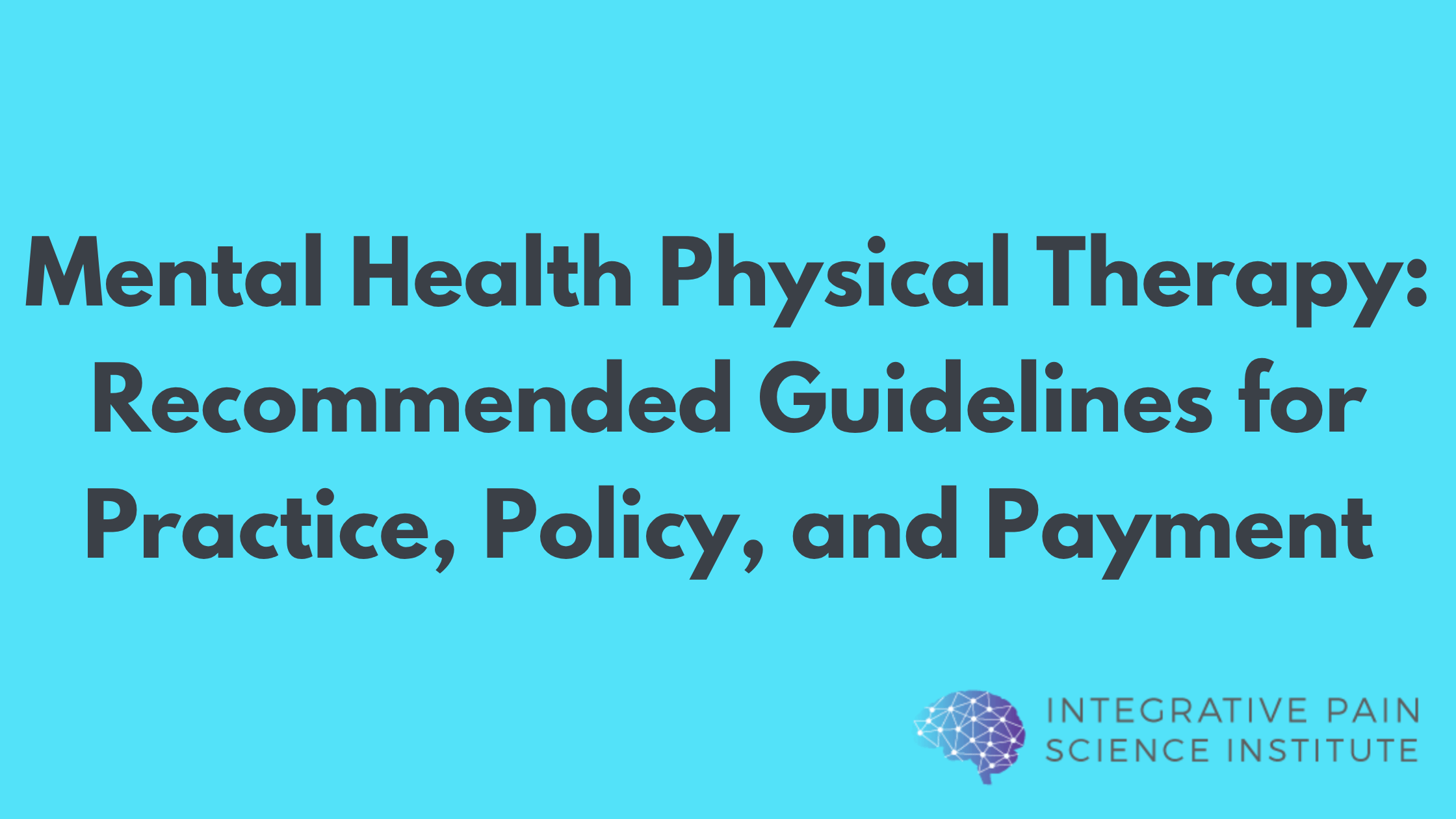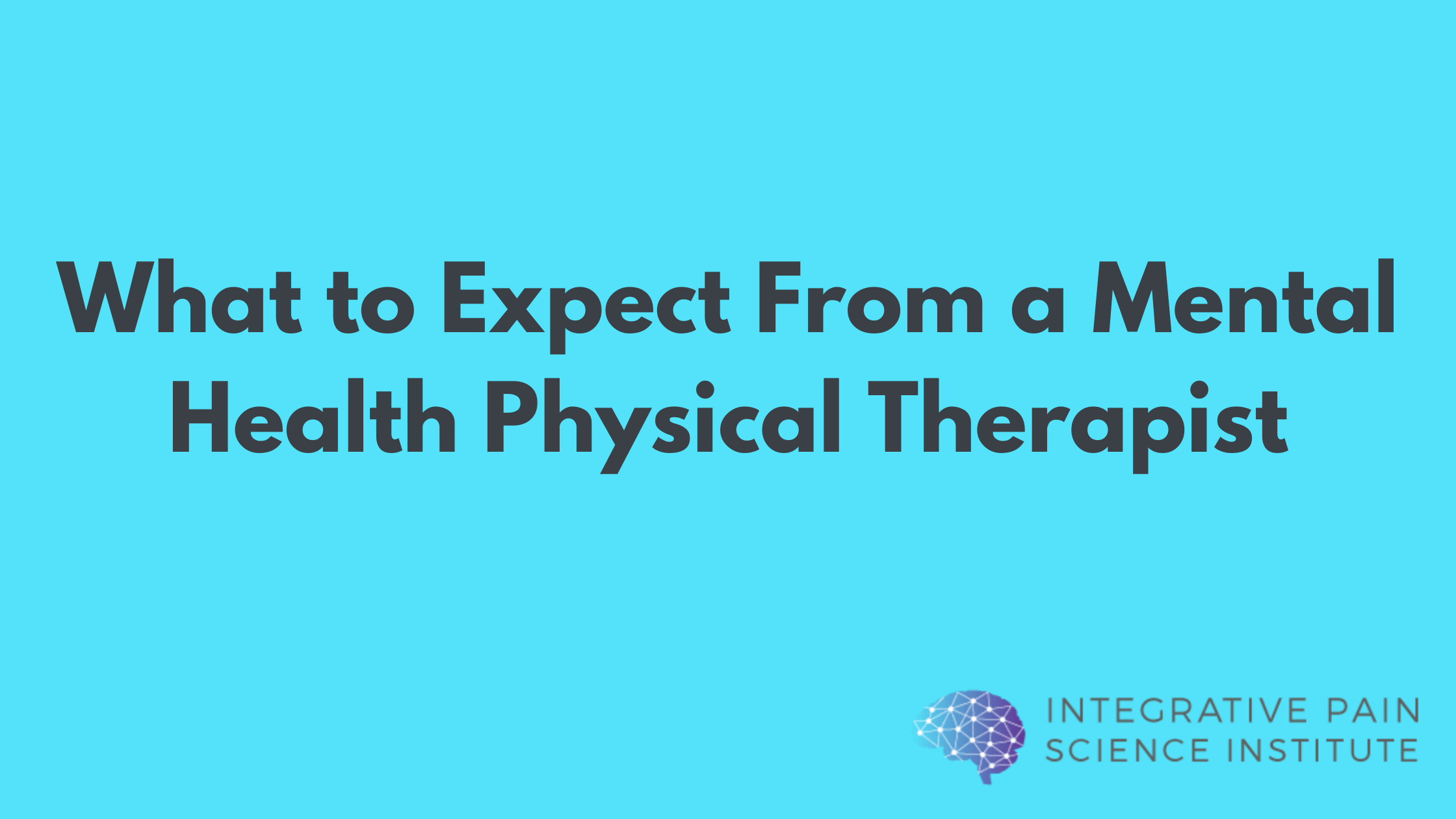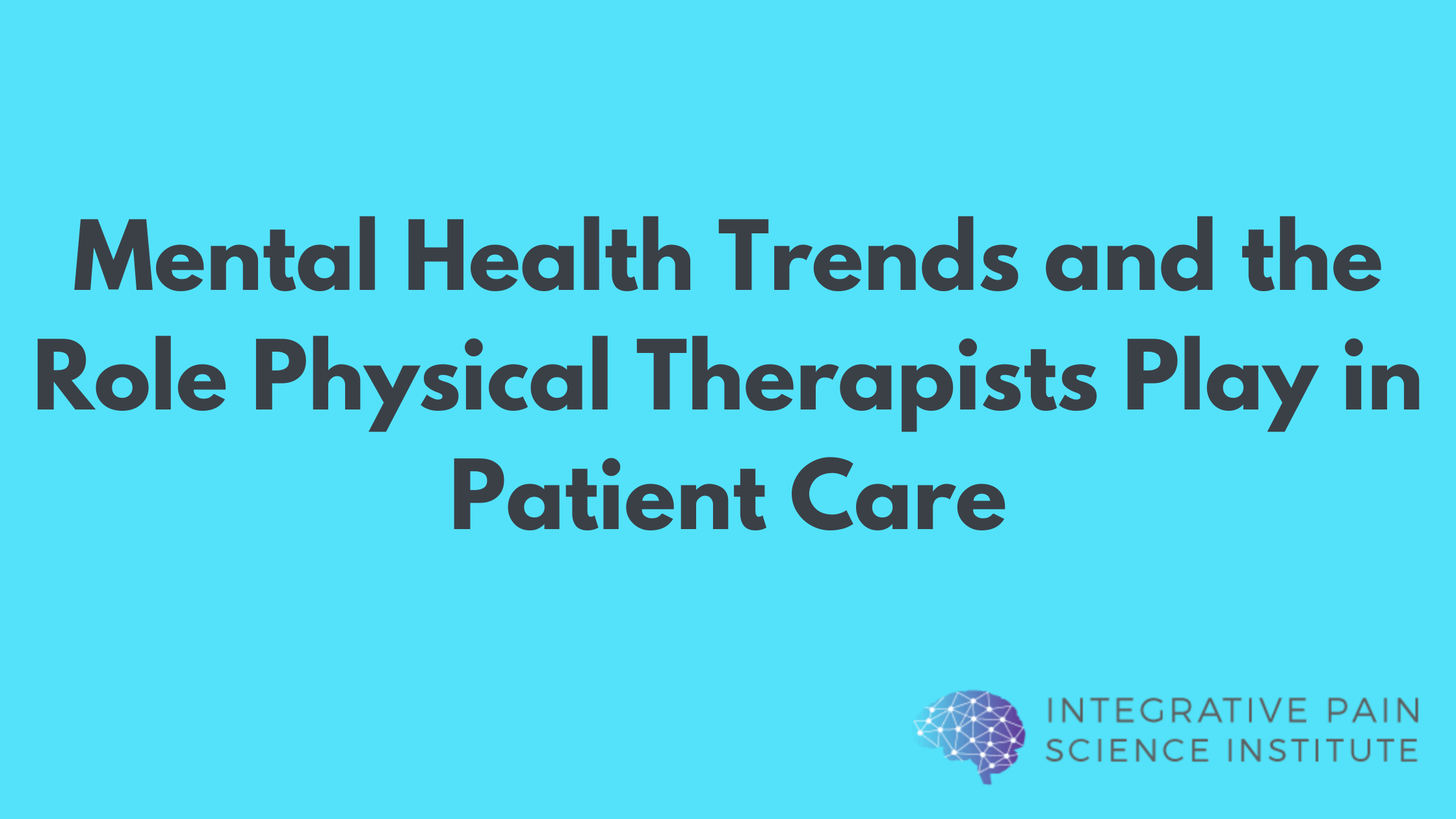Do traumatic experiences influence our perception of pain? Is there a link between early life trauma and pain? Traumatic experiences, such as a car accident, surgery (yes, even elective surgery is traumatic), or physical assault, alter the ways our minds and bodies function at a fundamental level. Post-trauma, the body may be physically changed, but the greatest difficulties patients experience are often cognitive and emotional. This is especially true in cases where physical trauma occurred alongside psychological trauma. As a result of the disrupted psychological function, patients often face an increased susceptibility to pain even once the original physical injuries have healed. Pain, psychological traumatization, and physical trauma have a complex and interdependent relationship. All must be addressed in order to ultimately reduce pain and improve function in patients post-trauma.
Somatic and Emotional Pain Enhance Each Other
Physical and psychological traumas are both related to a heightened experience of physical pain post-assault. An increase in either bodily pain or emotional distress increases the probability the other will occur. Physical and psychological pain are interpreted and processed in analogous brain regions. The neurophysiological similarity of these pain processes leads to a concurrent pain experience for many patients. Certain negative emotions and experiences can trigger bodily pain without a physical stimulus. Pain can and often occurs in absence of a physical injury. Those who live with chronic pain with no obvious somatic source should consider the effect that a past trauma may have had on their pain experience.
Trauma Disrupts Cognitive Pain-Coping Mechanisms
Dissociation is a well known psychological phenomenon that occurs following a traumatic experience. The extreme stress that occurs post-event threatens to overwhelm everyday cognitive and behavioral coping mechanisms. As a protective measure, the patient does not allow injurious feelings of anxiety, terror, and harm to enter their consciousness. The process of dissociation is mentally taxing to the patient. This cognitive exhaustion reduces the mind’s ability to actively cope with current emotional and physical pain as too many resources are being used to address the previous trauma.
PTSD Increases Pain Through Psychobiological Mechanisms
Post-traumatic stress disorder is a state of increased emotional arousal and anxiety that leaves the body more susceptible to pain. As previously discussed, dissociation leads to mental fatigue and reduced pain coping ability. Within this weakened cognitive state, other neurological processes are at play. Patients with PTSD may experience expectations of pain before a noxious stimulus actually occurs. Imaging studies demonstrate the neurological pathways activated by a pain stimulus are excited simply by the anticipation of the stimulus. A hyper-painful state results from repeated neural activations that trigger pain experiences which in turn condition the body to expect more pain. It is a positive feedback loop with quite negative effects on psychological pain processing.
Deregulation of Biochemical Systems Modify Pain Responses
Altered levels of biochemical markers also have a significant effect on pain. Chronic states of stress lead to the over-activation of the norepinephrine system. When released, norepinephrine helps the body respond to a perceived threat by enhancing attention, heightening the senses, and increasing the heart rate. Over time, the body becomes awash with norepinephrine and patients live in a constant state of hyper-arousal. This leads to pain amplification and over-attention to negative emotions. Typically, a painful experience leads to the activation of the endogenous opioid system. Post-trauma, the opioid system may be hypo- or hyperactive. Some patients will not be able to respond effectively to pain with opioid release while others experience an overabundance of opioids that leads to emotional and bodily numbing.
Fear Avoidance Results from Trauma
The hyper-arousal and dissociation that may occur post-trauma lead to an increase in fear-avoidant behavior. While numerous pain coping mechanisms are activated, none are effective at addressing the magnitude of the emotional and cognitive repercussions of the trauma. The inability to cope with intense feelings of fear despite high emotional arousal leads to learned helplessness. When patients do not believe they can adequately cope with stress, they withdraw from social situations and behaviors that may induce anxiety.
The same fear-avoidance process that responds to memories of traumatic experiences applies to the pain experience. Trauma pre-disposes survivors to pain vulnerability and dismantles pain-coping mechanisms. Patients may believe that they have no control over their pain and begin to avoid activities that have the perceived potential to increase their pain. Subsequently, patient participation in the society, workplace, and family network decreases. Social isolation has been linked to further pain vulnerability and feeds fear-avoidant behavior.
Tools and Strategies for Trauma-Related Pain
1. Eye-Movement Desensitization and Reprocessing
Eye-movement desensitization and reprocessing (EMDR) is an effective treatment for PTSD. It has been used by those with traumatic histories such as adverse childhood experiences and combat-related trauma. The therapist guides patients to make eye movements at the same time they are recounting traumatic events. The theory behind EMDR is that focusing on other stimuli while revisiting a traumatic experience helps to reprocess traumatic information until it is no longer psychologically disruptive.
2. Mindfulness-Based Stress Reduction
Mindfulness-based stress reduction (MBSR) includes mindfulness meditation, body scanning, and simple yoga postures. Body scanning is the first prolonged formal mindfulness technique often taught and entails quietly lying on one’s back and focusing one’s attention on various regions of the body, starting with the toes and moving up slowly to the top of the head. MBSR is based on the following tenets: non-judging, non-striving, acceptance, letting go, patience, trust, acceptance, and non-centering.
3. Somatic Experiencing
Somatic Experiencing® is a body-oriented approach to the healing of trauma and other stress disorders. It is the life’s work of Dr. Peter A. Levine, resulting from his multidisciplinary study of stress physiology, psychology, ethology, biology, neuroscience, indigenous healing practices, and medical biophysics, together with over 45 years of successful clinical application. The SE approach releases traumatic shock, which is key to transforming PTSD and the wounds of emotional and early developmental attachment trauma.
4. Movement Therapy
Treating patients with a history of trauma necessitates a focus on the altered pain processes that result from emotional and cognitive dysfunction. Physical therapy is highly effective in treating physical disorders and injuries post-trauma. But physical therapy also utilizes body-focused interventions that teach constructive pain coping behaviors, reduces hyper-arousal, and promotes a positive relationship with the body. A therapeutic intervention that addresses cognitive, emotional and physical maladies is highly effective and efficient.
Physical therapy promotes both relaxation techniques and increased physical activity in order to address increased pain levels and dysfunctional pain processing. The key for all interventions is to show patients that they are reacting abnormally and harmfully to stressful situations although they perceive their behavior as normal. This is not meant to place blame on the patient, but rather to arm them with effective strategies for pain reduction. Treating increased muscle tension with biofeedback techniques provides patients with the power to respond effectively to the somatic manifestations of stress. Increasing overall physical activity through guided exercise promotes self-empowerment and body positivity. Gradual exposure to activity helps reduce fear avoidance behaviors and pain amplification.
Trauma Pain is Multidimensional
As discussed, pain is not always a result of a physical injury. When treating a patient who has suffered a traumatic experience, the role of psychological trauma and emotional pain must be taken into account. Through various neurological and biochemical processes, cognitive and emotional distress is able to manifest as perceived bodily pain. The pain-vulnerable state must be acknowledged and effectively treated in order to produce better patient outcomes. Multidisciplinary treatment is indicated, and physical therapy is an integral part of the team – being uniquely suited to address fear avoidant behavior and negative pain coping mechanisms through physical activity.
Education on integrated strategies for treating chronic pain is essential. Learning about pain is the fastest way to heal. Pain-free is possible.
In health,
Dr. Joe Tatta, DPT, CNS
References 1, 2, 3, 4, 5, 6
This website uses cookies so that we can provide you with the best user experience possible. Cookie information is stored in your browser and performs functions such as recognising you when you return to our website and helping our team to understand which sections of the website you find most interesting and useful.



